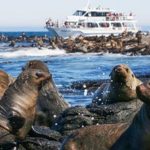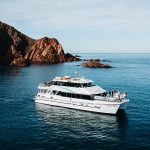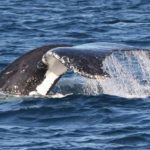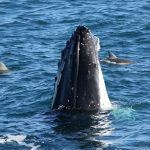Wildlife Coast Cruises history with Whale Watching
The Victorian whale watching tour industry is finally starting to happen thanks to the effort of the team at Wildlife Cost Cruises led by John Dickie. With over 40 years experience exploring and operating in the rugged Bass Strait and local waters, John has focused the last 25 years on creating new and exciting scenic and wildlife cruises for the enjoyment of locals and visitors from all over the world.
The most recent cruises introduced by the company are exciting developments for the region and indeed Melbourne. The new range of Whale Watching Cruises operate at Phillip Island and Wilsons Promontory and give the region almost 6 continuous months of whale watching tours, an opportunity which until now Melbournians would have had to fly interstate to experience.
This means thousands more visitors staying, eating and spending money in the coastal regions during the quiet tourist season, giving a much-needed boost for local businesses in an otherwise quiet time.
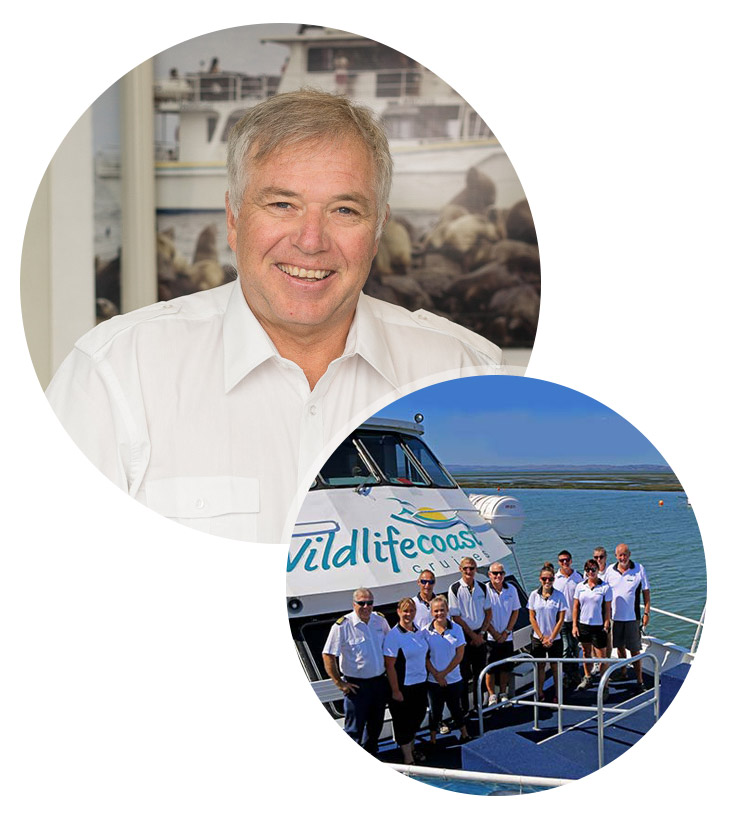
It has been quite a journey going back 18 years when John decided to broaden his wildlife cruise experience and work on boats in Hervey Bay in the winter. Within weeks he was skippering a couple of different vessels, and the following years he was relocating his own tour boat operation to Hervey Bay in winter due to the losses incurred at Phillip Island during the quieter months. After 7 years working in Hervey Bay he had seen a significant increase in whale watching on the East coast, driven by the growth in the Humpback whale population and the interest in watching these beautiful mammals in the wild.
Together with an increase in local sightings, it was decided to give the whale watching cruise operation a go along the coast of Phillip Island. The issue here was being the only boat out there in a huge area of water, which made it hard to find the whales. So the WCC team decided to call in the help of avid whale watchers along the coast together with local fishermen and helicopters. This was done with the creation of a Whale Hotline, where through sms messaging live updates could be given to subscribers and they could also report whales they were seeing. This initiative has not only created a lot more whale watch enthusiasts but has also added to the hype in the region. With the Hotline now grown to 2000+ subscribers, costing thousands of dollars a year, it is now being offset by souvenir sales of whale jewelry and personalized photo folders.
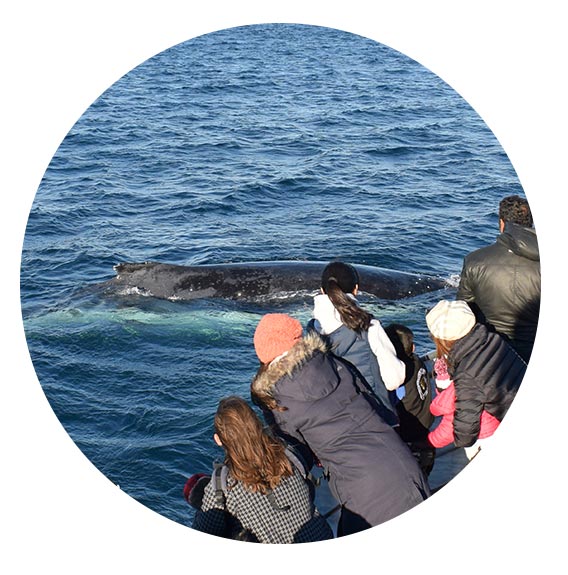
In addition to the Whale Hotline, WCC marine biologist Mikala Peters has taken lead in working with DRI, DPI, PINP, KWA, in reporting whale sightings data for the two bays for publication, along with the annual Whale Festival at Phillip Island.
With this industry growth, we have invested a further $million in another vessel to operate Wilsons Prom Whale Cruises (departing Port Welshpool), where we are enjoying 100% sighting’s success and seen many whales with their calves on the return migration, making these cruises available right through to late November.
It is worth noting WCC has now invested $3.5 million in vessels to operate these cruises along with Seal Watching, Twilight, Wilsons Prom and Cape Woolamai Cruises with a further $1.7 per annum fed back into the local economy in employment, expenses and government infrastructure costs.
All this is achieved with no subsidies, assistance or grants from the government, and little if any recognition through local shires. However we have a very passionate and positive team and we find reward in showing the public those areas that are usually inaccessible, and giving them an appreciation for the marine environment, coastal regions, and its vast marine life, in the believe that this understanding will lead to future conservation of our oceans.
← Back to Latest News Call us on (03) 5952 9500
Call us on (03) 5952 9500
